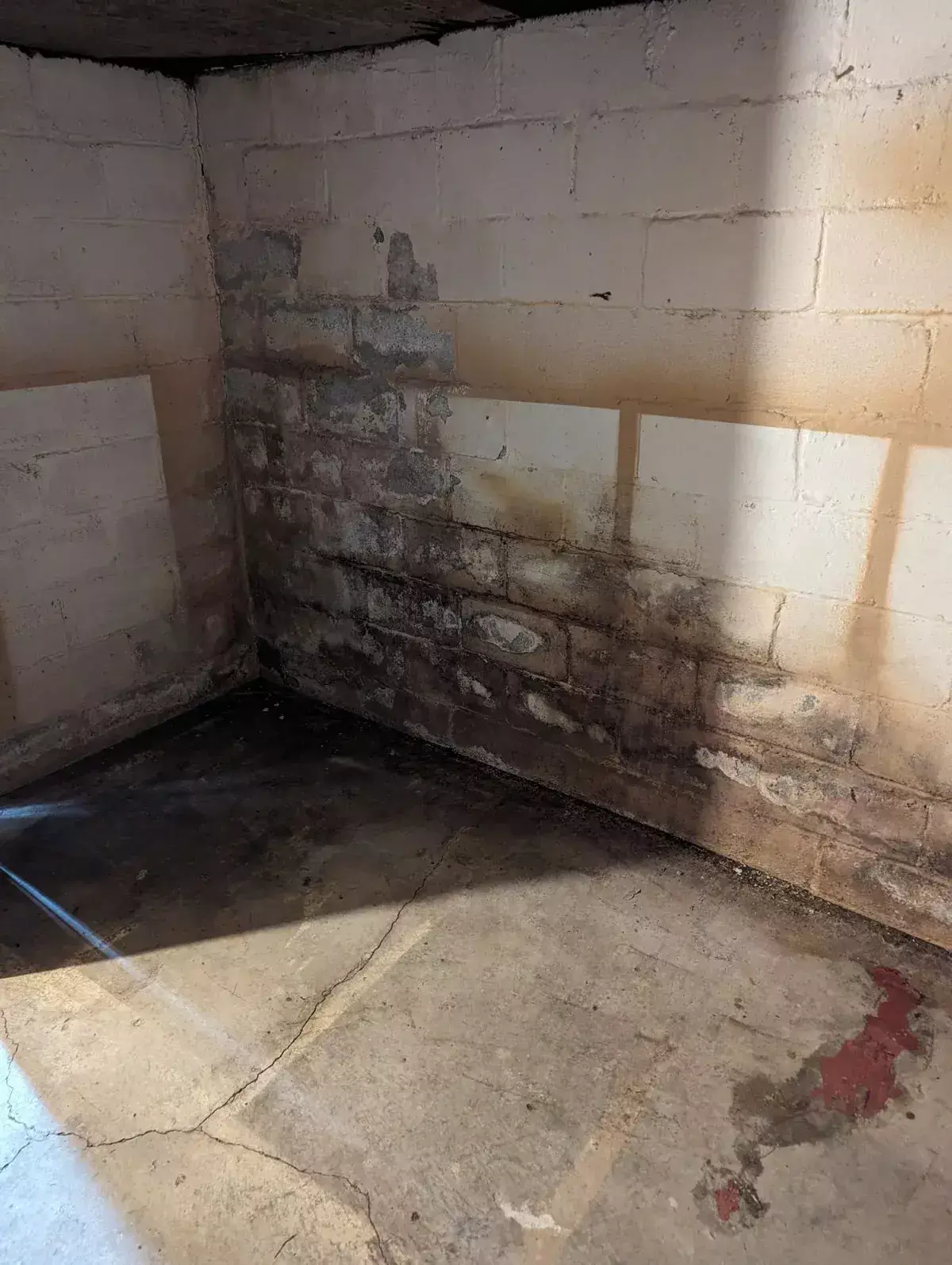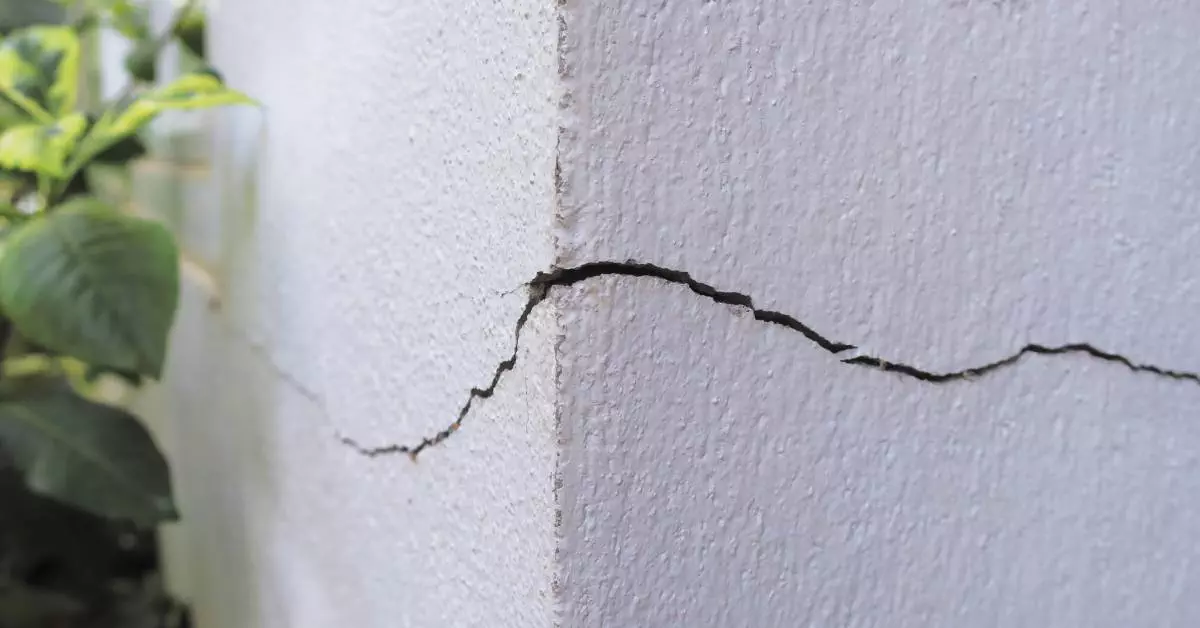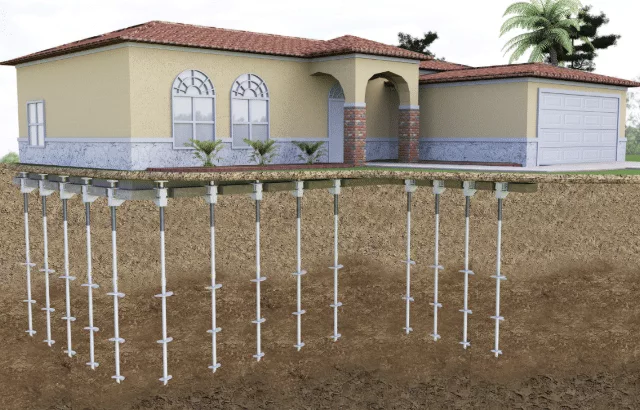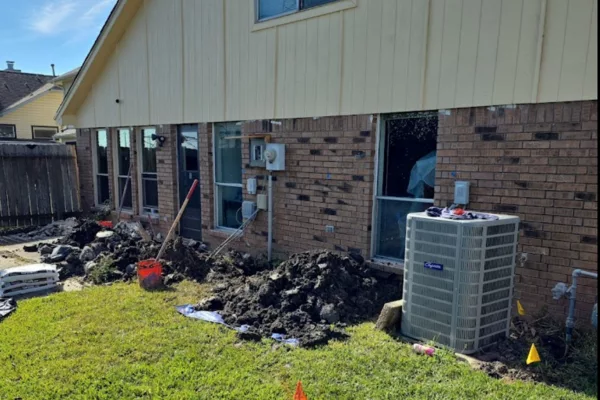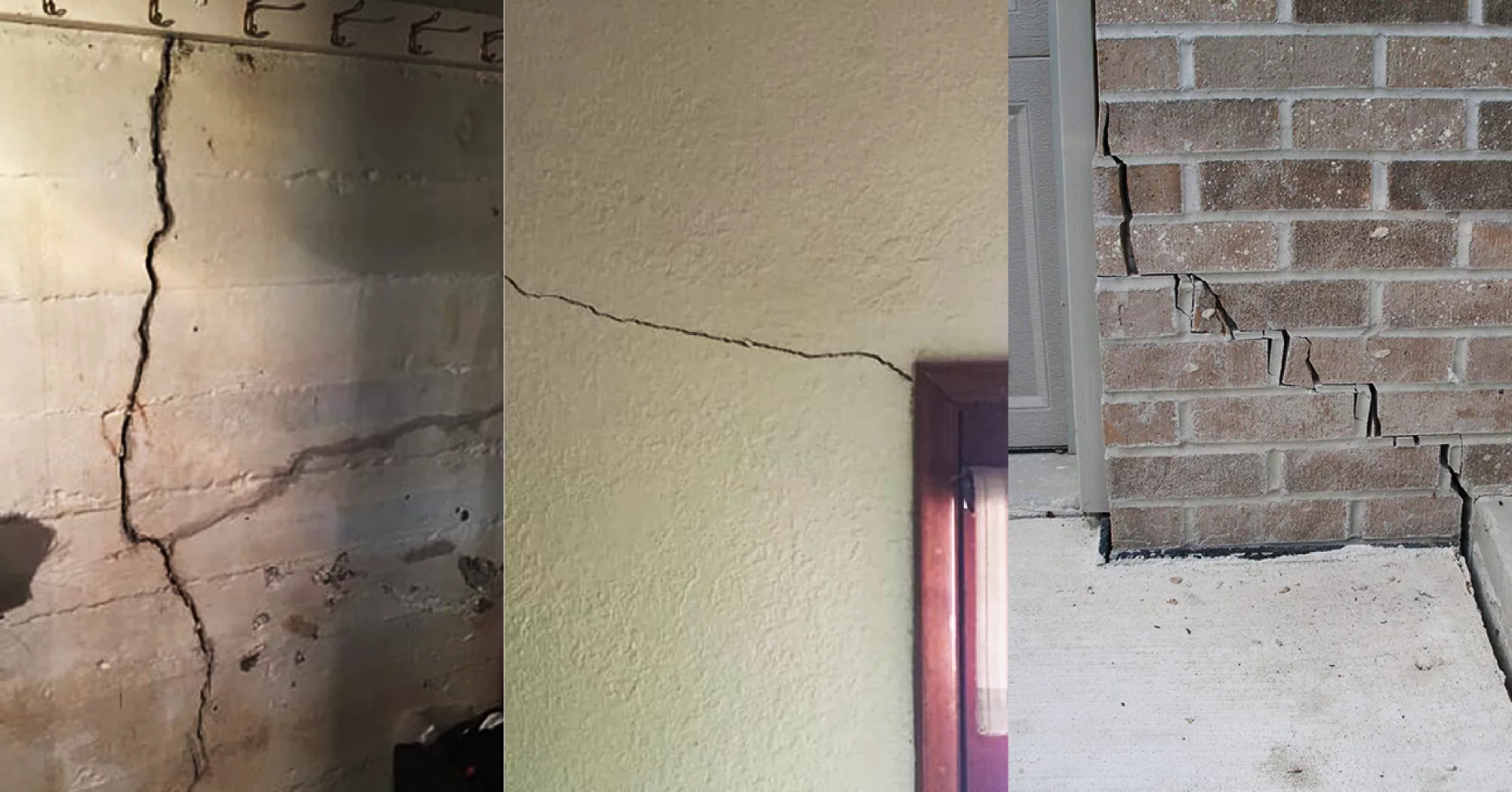
5 Little-Known Ways to Master Steps in Foundation Repair
Have you noticed cracks in your basement walls or maybe some uneven floors? These could be signs that your home needs some serious attention. Understanding the steps in foundation repair can seem daunting, but it’s vital for the health of your house. Knowing the process can empower you to tackle these issues with confidence. From the initial inspection to the final touches of stabilization, each part of the foundation repair process is crucial. It’s more than just fixing cracks; it’s about ensuring your home stands firm for years to come.
Dealing with foundation problems may feel overwhelming, but you don’t have to navigate it alone. Whether it’s assessing the structural repair steps, choosing the right contractor, or deciding on foundation underpinning, each decision plays a critical role. You want to make sure you’re not just patching up problems but solving them at their core. Think of it as an investment in your home’s future stability. With the right knowledge and support, you can transform your worries into action.
Ready to dive deeper and master these essential steps in foundation repair? Keep reading to discover the little-known strategies that will make you feel like a pro. Your home deserves it, and so do you!
Within the post
Understanding Foundation Assessment
When it comes to keeping your home safe, recognizing the early warning signs of foundation issues is essential. You should pay attention to any unusual changes in your home’s structure. This can help you catch problems before they become serious.
Initial Evaluation
Begin with a simple check for visible damage. Look around your home for any cracks or damage that seem out of the ordinary. Also, note if there are any unusual floor slopes. A slope might indicate a shift in your foundation. Observe your doors and window alignment carefully. Misaligned doors or windows can show that something is amiss beneath the surface.
Professional Foundation Inspection
You might consider hiring a certified inspector if you suspect deeper issues. This expert will provide you with a detailed inspection report. This report offers a professional’s view on what might be wrong, giving you a clearer picture of the situation.
Analyzing Foundation Settlement
Foundation settlement can cause serious problems if not addressed. Start by assessing any soil condition changes around your home. Soil shifts can impact the stability of your foundation. You should also identify water drainage issues. Poor drainage can lead to foundation damage over time, as water can erode the soil.
Exploring Structural Repair Steps
The next stage in managing your foundation is exploring various structural repair steps. Different problems require different solutions, so knowing your options is valuable.
Crack Repair Methods
Understanding the right crack repair methods is crucial. You can choose from several techniques depending on the type of cracks your foundation has. It’s wise to consult with experts to find the best method for your specific situation.
Foundation Stabilization Techniques
Using stabilization tools effectively is another part of keeping your foundation secure. These tools help reinforce the foundation, ensuring it can withstand different pressures. Proper application of these techniques can make a significant difference.
The Foundation Repair Process
Understanding the foundation repair process can help you manage it better. By following these essential repair steps, you’ll ensure your home remains strong and stable.
Preparation and Planning
Begin by outlining the necessary repairs needed for your home. This step helps you understand the scope of work required. Next, obtain the necessary permits from local authorities. Permits ensure your project complies with safety regulations.
It’s crucial to schedule the repair work with professionals. Professionals bring expertise to your project, helping ensure a successful outcome. In your planning, you should:
- Create a repair timeline to keep track of progress.
- Budget for unexpected costs to avoid financial surprises.
A solid plan is essential for successful repairs. It helps ensure each step is covered, minimizing potential issues during the process.
Effective Foundation Underpinning
Underpinning strengthens and supports your foundation. Proper techniques here can prevent future problems and enhance your home’s stability.
Pier Installation Techniques
Choosing the right piers is the first step in underpinning. Piers are critical for stabilizing your foundation, so select wisely. After choosing, it’s important to install piers properly. Proper installation ensures they provide the right support.
Concrete Underpinning Methods
Concrete underpinning is another technique you might consider. You need to mix concrete carefully to achieve the best results. Additionally, ensure the correct depth when using concrete. This guarantees the support is both strong and reliable.
Foundation Leveling Steps and Techniques
To achieve a stable foundation, different leveling techniques are available. These help maintain the right balance and prevent shifts.
Hydraulic Jack Usage
The correct position of jacks is crucial when using hydraulic jacks. Accuracy in placement affects the lifting process. You should lift your foundation gradually, avoiding any quick or uneven lifts. Monitor the level progress through each lifting stage. This ensures you don’t over or under adjust.
Slab Jacking Process
Slab jacking involves drilling specific access points into your slabs. It allows you to inject leveling material directly where it’s needed. Once in place, inject leveling material with precision. Monitoring the material flow helps maintain consistency and prevents uneven surfaces.
Foundation Maintenance and Care
Finally, routine checks are essential to ensure your foundation remains in good condition. Address small issues promptly before they escalate. This proactive approach helps maintain your home’s safety.
Repairing Foundation Cracks
Repairing foundation cracks is vital to keeping your home safe and sound. The right techniques can make a world of difference.
Sealant Application Techniques
Cleaning cracks thoroughly is the first step in sealant application. A clean surface ensures the sealant sticks properly. Then, apply sealant evenly across the crack. An even application maximizes coverage and protection.
Epoxy Injection Method
The epoxy injection method is effective for deep cracks. Use epoxy specifically designed for this purpose. Follow the correct application steps carefully. Each step is crucial for the epoxy to bond well. Ensuring deep penetration of epoxy can repair even substantial cracks.
Monitoring Crack Progression
After repairs, pay attention to crack size changes. Noting any variations can alert you to further issues. Document any crack movement as observed. This documentation can assist professionals in assessing the condition.
Seek advice if necessary when unsure of your observations. It’s always better to have an expert opinion, especially for something as critical as your home’s foundation.
Ensuring Long-term Foundation Stability
Ensuring long-term stability involves implementing preventive measures to protect your foundation from future issues.
Drainage System Installation
Proper water flow through drainage systems prevents water-related foundation damage. Ensure adequate systems in place. Avoid water pooling around your home, as it can cause serious foundation problems over time.
Consider installing gutters and drains to facilitate efficient drainage. These additions help direct water away from your foundation, preserving its integrity.
Soil Moisture Control
Maintaining soil consistency is another key element. Fluctuations in soil moisture can lead to instability. Adjust watering schedules around your home. Regular adjustments prevent soil from becoming too dry or wet.
By controlling these aspects, you protect your foundation from potential threats, keeping your home secure for years to come.
Unlocking Your Foundation’s Potential
In mastering your home’s foundation, you unlock several hidden benefits. You ensure a safer living environment and protect your property value. By understanding the process, you can better maintain your home and prevent future issues. Remember, a well-maintained foundation supports everything built upon it.
Now, take action by starting with a foundation inspection. Reach out to a qualified contractor for an assessment. This step helps identify any necessary repairs early. If issues arise, consider exploring different repair methods. Each has its advantages, and a specialist can guide you to the best solution for your home. Being proactive today can save you from bigger troubles down the road.
Take control of your home’s stability. Contact a foundation repair expert to schedule an inspection. With the right steps, you can ensure your house stands strong for years to come. Do it today and give yourself peace of mind.

